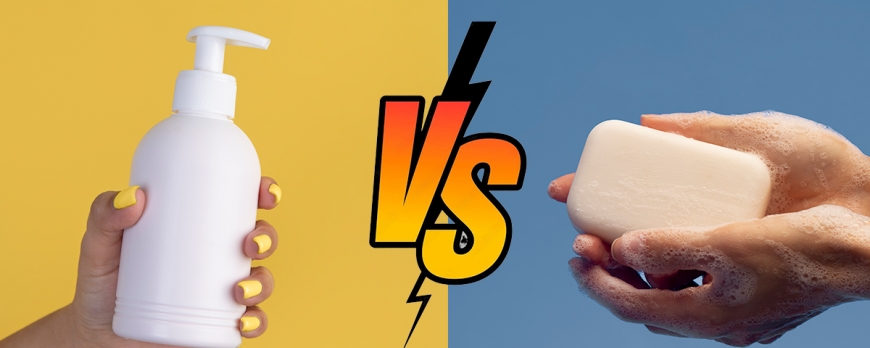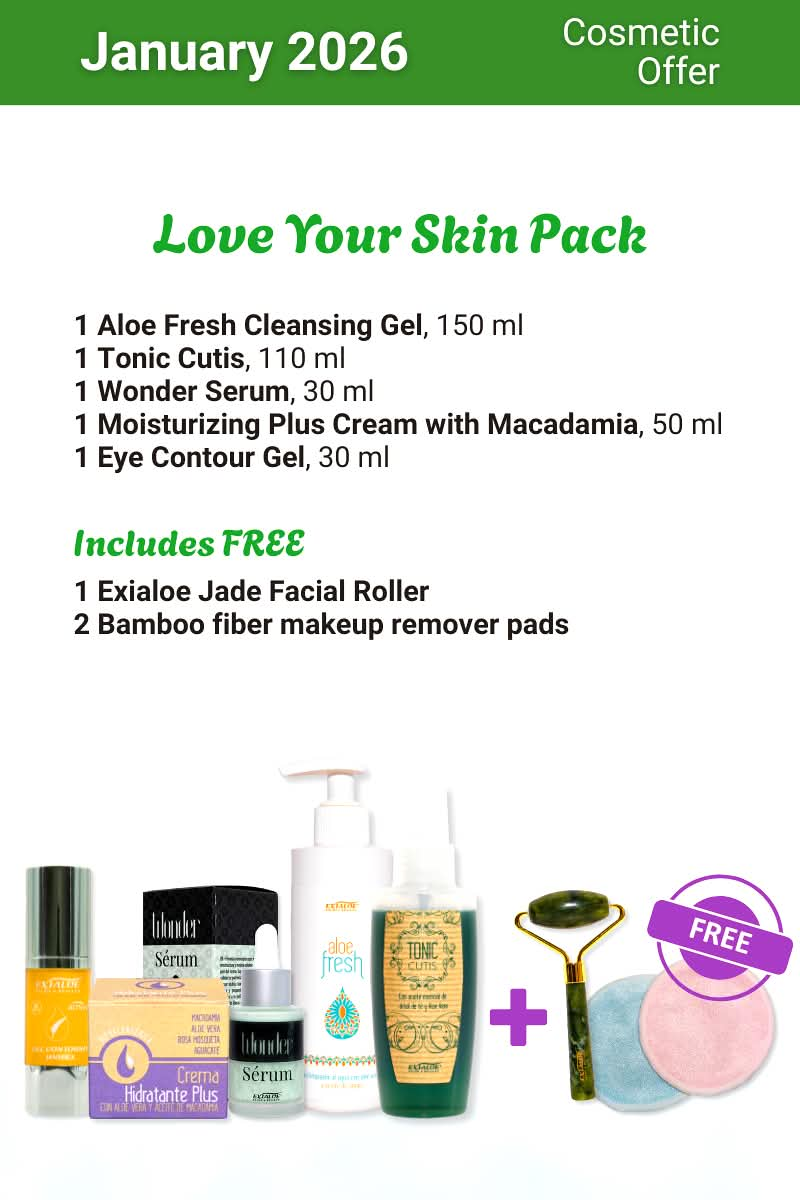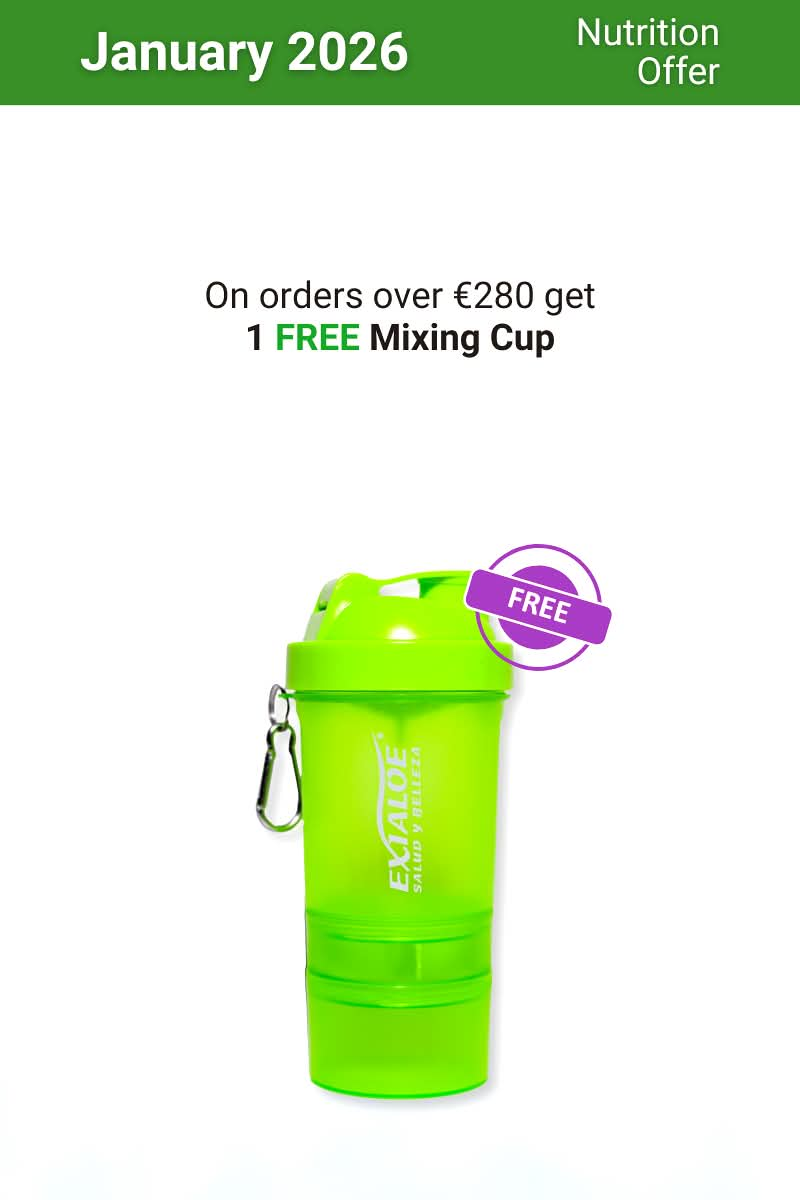El día 01 de enero estaremos cerrados por ser festivo nacional. Nuestra página web estará operativa como siempre. Rogamos hagáis previsión de vuestros pedidos puesto que el día 01 no se realizarán envíos.

Solid vs. Gel Cosmetics: Which to Choose?
Cosmetics is an exciting industry that has evolved significantly in recent years. To adapt to new needs and tastes, much research, development, and innovation are being conducted. Among the most notable are solid cosmetics, which are being presented as alternatives to the traditional gel format. You may have seen both formats in some stores, including ours, and you may have wondered, "What are the advantages and disadvantages of each? Which one is the best for me?" In this article, we will briefly discuss the history of each format and their pros and cons, so you can make an informed decision.
The History of Each Format
Gel Cosmetics
Gel cosmetics have been a staple in the beauty industry for decades. This format appeared with the arrival of the industrial revolution in the mid-19th century, when the first commercial shampoos emerged. These shampoos were mainly a mixture of water and soap, but they were not very effective. It was not until the second half of the 20th century that they began to grow in popularity, thanks to technological advances that allowed for more elaborate and effective formulas. Today, we find a huge range of gel products with very elaborate formulas. This format and technological advances have allowed everyone to take care of their health and beauty.
Solid Cosmetics
Solid soaps have existed for centuries. For example, originating in the city of Aleppo in Syria, we find Aleppo soap, which has been used for over 2,000 years. In recent years, solid cosmetics are becoming more and more popular, especially for their ecological advantages. Being more compact, they reduce their carbon footprint during transportation, and also, by not needing plastic packaging, many solids opt for biodegradable packaging. They also last longer than traditional gel cosmetics, further reducing their footprint in transportation and packaging. Like the gel format, solid formulas have evolved greatly thanks to a greater understanding of vegetable oils, the properties of different plants, and a greater understanding of people's skin and how to care for it. Today, we find shampoos, conditioners, perfumes, and many more in this format.
Advantages and Disadvantages of Each Format
Advantages of Gel Cosmetics
1. Ease of use and absorption: Due to their high water content, gels are usually easier to apply and distribute evenly over the skin or hair, offering faster absorption.
2. Freshness: Being water-based, gels provide a refreshing sensation.
3. Visual appeal: As they are more transparent, gels can be more visually appealing to the user.
4. Cost: With water being a major component of the formula, they tend to be more economical (note that cost is also an advantage of solids).
Disadvantages of Gel Cosmetics
1. Plastic packaging: Most gels come in plastic packaging, increasing waste generation.
2. Durability: Gel products can evaporate or dry out if not stored properly.
3. Composition: Depending on the brand, they may contain more preservatives and chemicals to maintain their consistency and freshness.
4. Cost: With water being a major component of the formula, they tend to be more economical (note that cost is also an advantage of solids).
Advantages of Solid Cosmetics
1. Sustainability: Generally, solid products come without plastic packaging, significantly reducing their environmental footprint.
2. Duration and cost: They tend to last longer than gel products, as they are used in smaller quantities per application, thus reducing their long-term cost.
3. Portability: They are ideal for travel, as they do not count as liquids and are therefore less likely to spill.
4. Natural ingredients: Depending on the brand, many solid cosmetics use more natural and minimally processed formulas.
Disadvantages of Solid Cosmetics
1. Application: They can be more difficult to apply evenly, especially hair products such as shampoos and conditioners.
2. Sensation: Some people find the feel of solids less pleasant than gels.
3. They are different: Although not a disadvantage per se, it may take some time for someone accustomed to gels to adapt to solids, as they are different in use.
As we have seen, both formats offer very good results, so choosing between solid and gel cosmetics largely depends on your personal preferences and specific needs. Gel products are ideal for those looking for ease of application and a refreshing sensation, while solids are perfect for those committed to sustainability and durability. Both formats are winners, so the best choice will be the one that best suits you.
Exialoe's Offer
At Exialoe, you can find a variety of solid and gel cosmetic products. We encourage you to research the properties of each and choose the one that best suits your needs.
You can see the products here
Featured articles
Successfully Overcome Seasonal Allergies
Do you suffer from seasonal allergies or know someone who does? In Spain, 1 in 4 people are affected, but this year...Read More
4 Habits to Care for Your Hair the Way It Deserves
In this article, we'll explore 4 simple habits to give your hair the care it deserves. By following these tips,...Read More
Vacaciones Exialoe 2025 - Galicia







